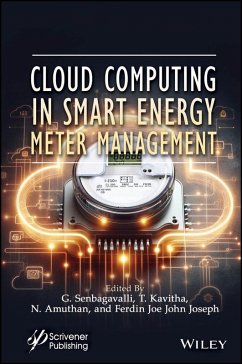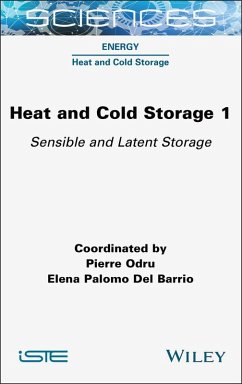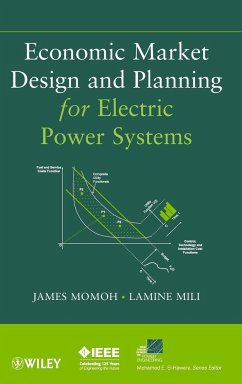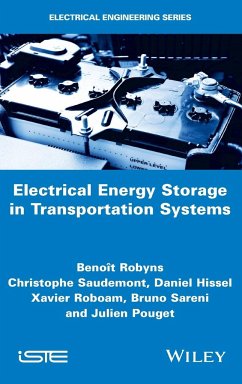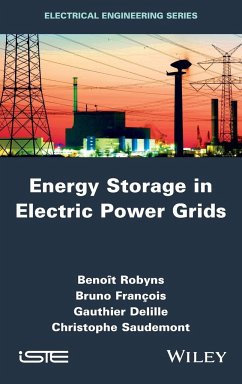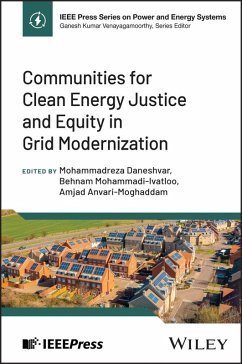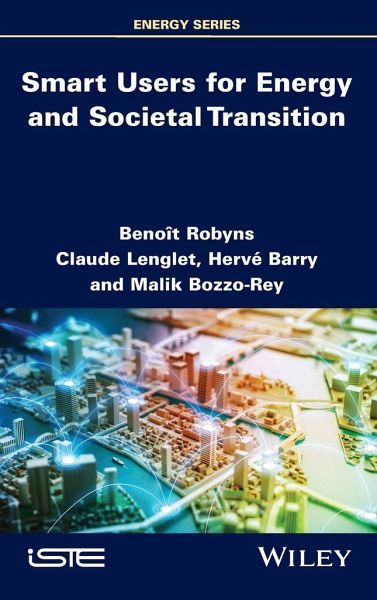
Smart Users for Energy and Societal Transition
Versandkostenfrei!
Versandfertig in über 4 Wochen
147,99 €
inkl. MwSt.
Weitere Ausgaben:

PAYBACK Punkte
74 °P sammeln!
Climate change and the loss of biodiversity are now realities. Their causes and origins stem from the energy, goods and resources relied upon by the lifestyle of a growing part of humanity. Smart Users for Energy and Societal Transition presents this much needed transition, as well as the scenarios and paths essential to mitigating the impacts of climate change. It deals with transitions experimented in the form of ecosystems in universities, cities and territories, as well as with concepts of smart buildings, smart grids and smart cities, addressed to smart users - or not - in an interdiscipl...
Climate change and the loss of biodiversity are now realities. Their causes and origins stem from the energy, goods and resources relied upon by the lifestyle of a growing part of humanity. Smart Users for Energy and Societal Transition presents this much needed transition, as well as the scenarios and paths essential to mitigating the impacts of climate change. It deals with transitions experimented in the form of ecosystems in universities, cities and territories, as well as with concepts of smart buildings, smart grids and smart cities, addressed to smart users - or not - in an interdisciplinary research context. Sociological issues related to the role of smart building users are discussed, ranging from acceptance to the appropriation of the technologies made available to them. The book highlights the ethics of this essential transition and the importance of individual behaviors in safeguarding humanity on a preserved planet.




